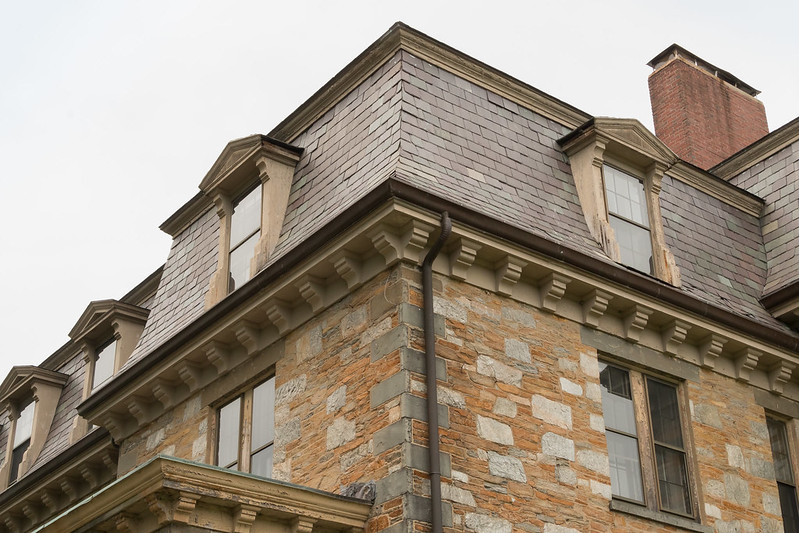The housing crisis remains one of the most pressing issues facing Britain today. With homebuilding at crisis levels, numbers of households in temporary accommodation rising, and young people struggling to get on the property ladder, Labour recognises the urgent need for action.
Labour has a powerful electoral mandate for bold and ambitious home building. There is also a need for fast wins that deliver rapid, sustainable growth in housing supply through smart urban infill development.
Building more homes is critical for economic growth. Every 100,000 additional homes adds around 0.8% to GDP during construction. However, ambitious long-term projects like new towns will take years to bear fruit. That’s why to get results we must pull other quick levers. Three ‘fast win’ policies could boost housing supply in the short to medium term, without requiring additional central government resources.
The Government can create approximately 30,000 new homes per year through carefully planned infill development, enabling residents to expand their homes, and making the most of housing association land. This approach aligns with Labour’s commitment to prioritise brownfield development and create high-quality urban environments.
We can build new homes in the right places through:
- Building up: Learning from successful Labour-led initiatives in boroughs like Haringey, the government should set national policy for sympathetic towards upward extensions of existing homes. This will add more living space and create new homes while preserving neighbourhood character.
- Street votes: The government can complete the implementation of ‘street votes‘, an initiative based on the Mayor of London’s Outer London initiative with strong centre-left support, empowering communities to bring forward sensitive development through local decision-making. This builds on the principle of community engagement that Labour has long championed.
- Estate renewal: By amending national policy through the NPPF or Written Ministerial Statement, the government can make it easier for social landlords to deliver better homes for tenants. Cross-subsidy from new market homes could fund improved council housing for existing tenants and create additional social housing stock.
These policies focus on building more homes in high-productivity areas — breaking down barriers to growth and opportunity. By enabling people to live closer to good jobs, we can reduce commute times, improve quality of life, and cut carbon emissions.
Importantly, these low-key quick win approaches prioritise small and medium-sized builders, create jobs and support local economies. This is infill development done sensitively; enhancing rather than disrupting existing communities.
Labour’s vision for attractive communities is popular with voters. By making use of the potential of brownfield sites and urban areas, we can deliver the homes we need.
A small wins approach has seen success internationally. In the US, reforms to allow ‘granny flats‘ have dramatically increased housing supply in cities like Los Angeles and San Francisco. Labour’s government in New Zealand has nearly doubled new housing permits in Auckland through smart infill policies.
By enabling more homes in existing urban areas, we can make better use of infrastructure, support struggling high streets, and improve public transport viability.
Crucially, an approach to infill development prioritises community support and environmental sustainability. A Labour Government can learn from successful Labour local government initiatives like Sadiq Khan’s tenant ballots for estate renewal in London, which have shown strong resident support for carefully planned renewal and delivered thousands of council homes.
Labour’s plan for housing represents a pragmatic, forward-thinking approach to one of Britain’s most pressing challenges. By focusing on rapid, community-supported development in areas of high demand, we can boost economic growth, improve quality of life, and create the homes that Britain desperately needs. This is how we build a fairer, more prosperous country for all.

